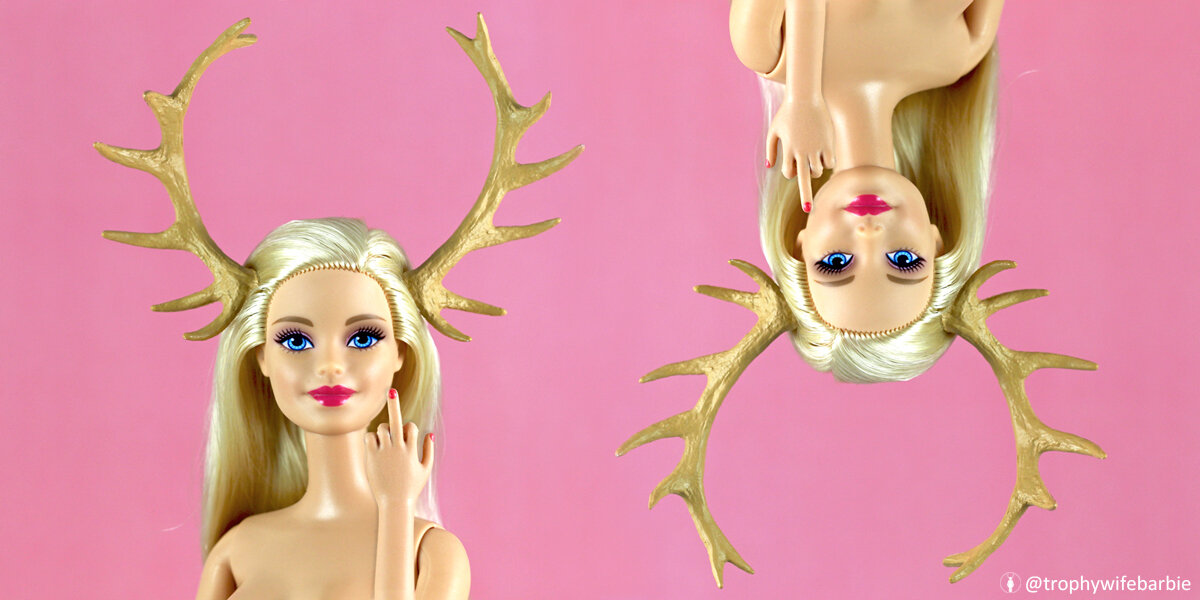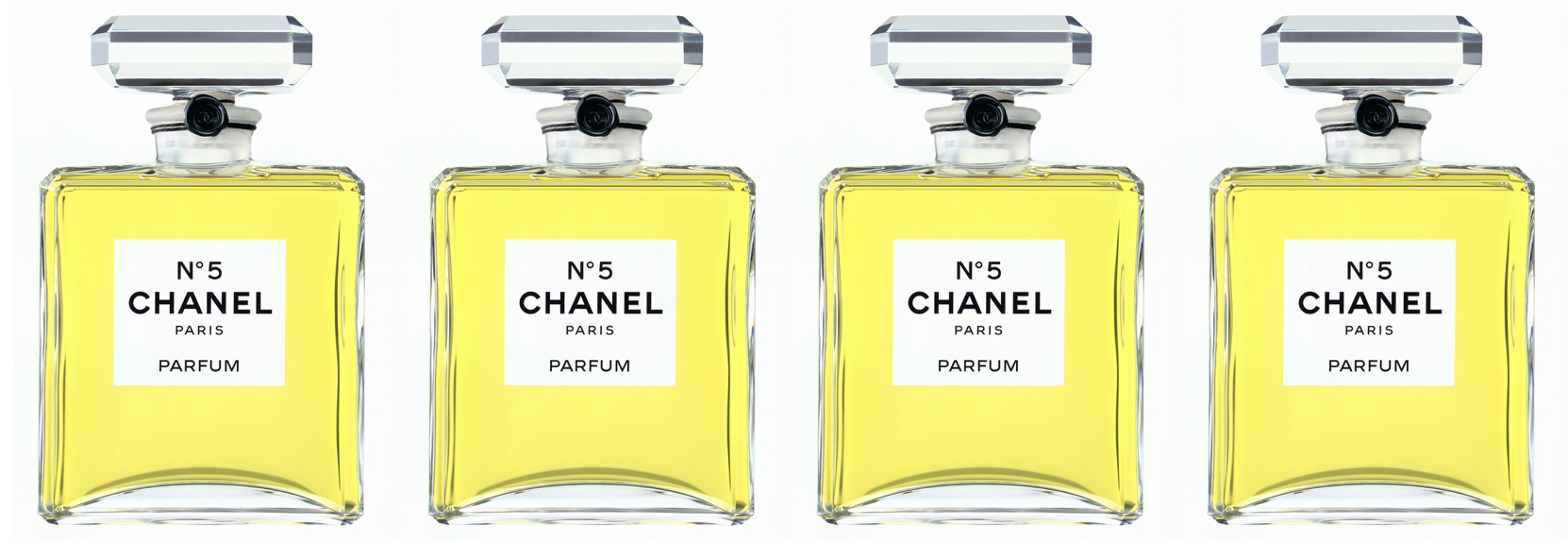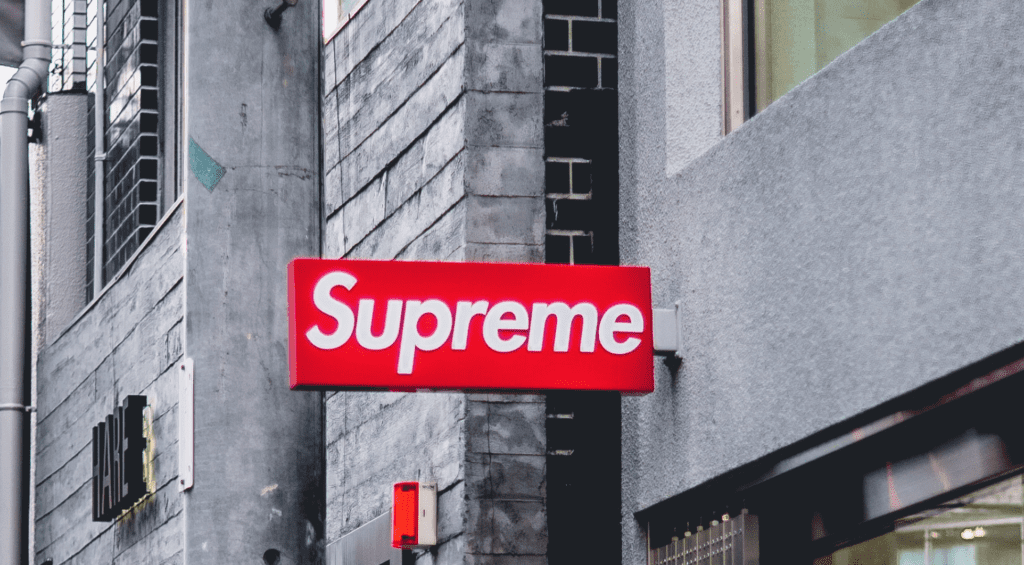From the irony that is Off-White, one of the year’s buzziest brands, and the fake news campaign that enabled a “counterfeit” brand named Supreme Italia to win over consumers all over the globe to how a sweeping Chinese “social credit system” will impact consumers and luxury brands to the decade-long $1 billion-plus battle between Barbie and Bratz, here are a few of the features we penned in 2019.
1. What Does the Chinese Government’s Social Credit System Mean for China-Dependent Luxury Brands?
The Chinese government is expected to formally roll out its growingly-notorious Social Credit System blacklist in 2020. The system is something like a credit score, but unlike a traditional credit score, it extends beyond considerations of spending limits and black marks for poor payment history, as the Chinese system has a much more expansive aim. Instead of merely standardizing the potential lending risk of each individual (and company), China’s far-reaching Social Credit System endeavors to promote socially responsible behavior and crack down on everything else – whether that be littering, jay-walking, excessive spending on non-essential items, frequent gambling, or speaking out against the government on social media, among other things.
2. Monopolizing and Monetizing a Color: What is the Value of Tiffany & Co.’s Trademark Blue Hue?
Not to be overlooked in the appeal of the Tiffany & Co. brand (particularly in light of LVMH’s $16 billion-plus acquisition): the 182-year old brand’s signature robin’s egg blue. The ability of consumers across the globe to link the blue hue with a single source means that the shade transcends the traditional, decorative function of color, and puts Tiffany & Co. in the “rare and enviable position [in which] consumers recognize the brand simply by seeing the color – even without any other brand identity.” So, how much is a single color worth?
3. The Glittery Mineral that Links Your Makeup to Rampant Child Labor
Before Mica – the glittery mineral that is commonly used to give a shine to automotive paints and building materials, acts as an insulator in electronic chips, and can be found in some of the highest quality cosmetics – is collected and sold, often to exporters in China, it must be excavated from the earth. This dangerous job is typically done by children, most of whom work without shoes, “some as young as five years old.” For “between 20 to 30 rupees for a day’s work, or $0.29 and $0.43 cents, some 22,000 Indian children “take turns dumping their baskets over a rudimentary sifting tool that reveals handfuls of mica.”
4. Foreign Trademarks, Legal Feuds and Fake News: Supreme v. Supreme Italia
A 3-year old British firm called International Brand Firm (“IBF”), has managed to build up an arsenal of trademark rights in the name and famous box logo of Supreme trademark for use on garments and accessories in more than 50 countries. The company’s ability to hijack an entire brand has been enabled by jurisdictional variations in trademark law across the globe, as well as its ability to effectively control the narrative surrounding its activities, and thereby paint a far prettier picture of the legality and the legitimacy of its efforts than might otherwise meet the untrained eye. In short: IBF, with the help of the modern-day race to publish mentality of most websites, appears to have been able to carefully focus the information that is being spread, thereby, duping just about anyone without an international trademark law background as to the nature of its business dealings.
 image: trophywifebarbie
image: trophywifebarbie
5. The $1 Billion-Plus Battle Over Bratz: Bribery, Monopoly-Building and Barbie
In 2004, Bratz sales were building, Barbie was swiftly falling out of favor, and Mattel was preparing to take the Barbie v. Bratz fight out of the toy aisle and into the courtroom by way of a string of lawsuits that would swiftly become a multi-billion-dollar legal war, one in which it would claim copyright infringement and trade secret misappropriation, and in response, Bratz-maker MGA Entertainment would argue that its much larger rival was employing a strategy to improperly “litigate [it] to death” in order to get rid of the closest competition it had in all of Barbie’s history.
6. A Slew of New Brand Names Raises the Question: Is Fashion Running Out of Trademarks?
To date, the general theory when it comes to the availability of trademarks – i.e., the words, logos, phrases, etc. that companies and individuals use to distinguish their goods/services from the goods/services of other companies – has largely been that “the supply of good, competitively effective trademarks is inexhaustible. ” Yet, the co-existence of same or similarly-named brands (The Kit v. The Kit Undergarments, for example), and brands with names that consist largely of numbers or that are dropping letters from existing words or simply adopting monikers that consist of just a few letters in order to adopt distinctive names – such as Kassl, CQY (pronounced coy), SVNR (pronounced souvenir), SLVRLAKE, YSTRDYS TMRRW, GFT, LPA, KKCo, and KKW, the latter of which is Kim Kardashian’s beauty venture – seem to suggest that that might not be entirety true … anymore.
7. Pat McGrath, the Most in-Demand Makeup Artist in Fashion, Has a Billion Dollar Brand
With the title of fashion’s most in-demand makeup artist and a team that has swelled to nearly 100 different makeup artists, who help her carry the load (both figuratively and literally, McGrath is known to travel with as many as 87 trunks of makeup during fashion month, after all), Ms. McGrath is tasked with crafting the beauty looks for approximately 80 of the industry’s most heavily-watched runway shows each season. If you can think of a particularity striking makeup design that went down the runway over the past 20 years, it was probably McGrath’s handiwork. All the while, she maintains a $1 billion beauty brand.
8. The Irony of Being Off-White
Virgil Abloh’s brand has been repeatedly called out for routinely taking a bit too much “inspiration” from others’ design elements. The irony that is Off-White is that against the background of all of these “references” that people inevitably find in Virgil’s collections (some – although certainly not all – of which could, in theory, give rise to claims of infringement either of the copyright or trademark kind), both his brand and Louis Vuitton, where he holds the role of menswear creative director, rely heavily on legal protections to prevent others from taking too much from their own works.
9. When Their Trademarks Are Used, the Hells Angels Resort Not to Violence but to High-Profile Lawsuits
It is common knowledge that the Hells Angels logo and the club’s other insignia are utterly off-limits to all but a select group of individuals. If the 70-year old club learns of a company making use of its legally – and sometimes physically – protected logos, its members take a markedly different approach than the kind typically associated with their operation. Instead of resorting to violence, they take legal action. Just ask Alexander McQueen, Saks Fifth Avenue, and Zappos, among others.
10. The Battle for the World’s Most Famous Fragrance: Chanel No. 5
The war over the rights to Chanel No. 5 dates back to 1924 when Ms. Gabrielle Chanel, herself, joined with French businessmen Pierre and Paul Wertheimer to expand the distribution of her fragrance business, which, at the time, was only available to clients who visited her Parisian atelier. With the help of the Wertheimers, Coco Chanel created a corporate entity, “Les Parfums Chanel,” and together, they set out to scale the reach of the perfume beyond France’s borders. However, that deal went south even more quickly than it was formed.
 image: TFL
image: TFL
11. An Inside Job: The Counterfeit Bust that Put Hermès’ Own Employees Under the Microscope
While Hermès was working to carefully balance its own supply against the intense yearning for its bags among well to-do consumers across the globe and trying to keep takeover bids by aggressive fashion conglomerates at bay, more than a dozen people labored diligently to build and maintain a small-but-mighty counterfeiting ring. In clandestine workshops, they were producing bags that to maybe even some of the more discerning Hermès devotees looked – and felt – real. Unlike the cheaply made, obviously fake bags being churned out in factories in China, these bags were made in France and as the story goes, at least some of the materials being used were coming directly from bona fide Hermès workshops. And as Hermès would later learn, at least two of its own employees were intimately involved in the budding criminal enterprise.
12. Two Decades, a Bitter Legal Battle, and More than $1 Billion Later, LVMH’s La Samaritaine is (Almost) Ready for its Debut
A shopping mecca “for the super-rich” will open its doors in the heart of Paris this spring. When La Samaritaine opens to the public for the first time in nearly 15 years, it will have taken more than $1 billion, an ugly fall out between the department store founders’ family foundation and the notoriously aggressive LVMH Moët Hennessy Louis Vuitton, and a fierce court fight that pitted LVMH against architectural heritage group.
13. A French Modeling Honcho is Allegedly at the Center of Jeffrey Epstein’s Web of Underage Girls
The death of Jeffrey Epstein is expected to bring an end to at least some of the cases that were pending against him, in their original form, at least, but the disgraced money-manager and Level 3 sex offender’s suicide on August 10 will not prevent law enforcement from further examining the latest round of egregious underage sex charges lodged against him and “anyone who was complicit with him,” U.S. Attorney General William Barr said this summer. One apparent co-conspirator that will likely get caught up in authorities’ widening net? French model scout Jean-Luc Brunel.
14. The Humble Zipper is at the Center of an Almost $20 Billion Global Battle
With $10 billion in annual revenues and a whopping 40 percent share of the global zipper market,Nihonbashi, Tokyo-based YKK sits in a mighty position on the totem pole. The international success of the Japanese company – which first got its start marketing fastening products in 1934 – lies not in its invention of the zipper; after all, it did not invent the little device. Moreover, it was not YKK’s practice of exporting zippers en masse from Japan to meet the world’s zipper needs that catapulted it to success. Instead, YKK’s rise from small Japanese firm to global giant stems from its practice of investing abroad to establish a vast network of factories, capable of quickly turning out tons of high-quality zippers for businesses around the world.
15. Creative Commons and the Fight for a More Robust Public Domain
In 1999, a legal fight over legislation introduced by singer-tuned-Congressional representative Sonny Bono that extended the duration of federal copyright protections got its start. That lawsuit would be the impetus for a new project called Creative Commons. “One billion licensed works later, I think we were right,” co-founder Larry Lessig said in late 2014, referring to the impact of Creative Commons, an innovation he describes as a system of licenses “that creators and other rights holders can use to “reserve rights” for themselves, while offering certain usage rights to the public,” i.e., the “commons,” in furtherance of the greater goal of “helping to realize the full potential of the internet.”













